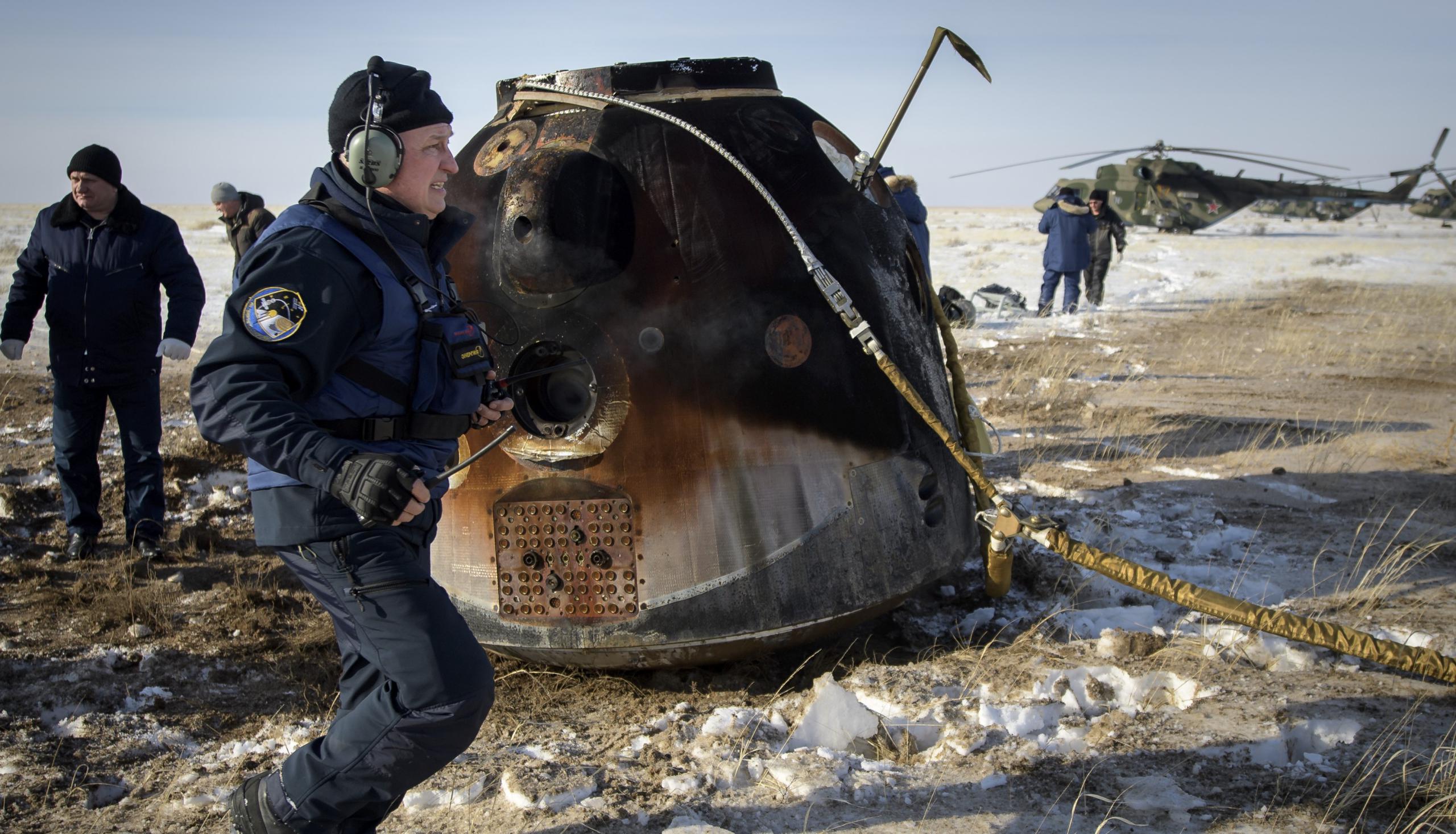
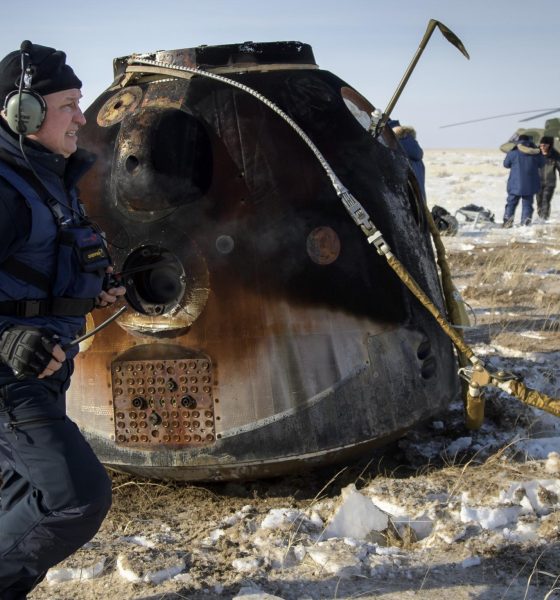
News
NASA says “nothing has changed” as US astronaut prepares to ride Russian spacecraft
An official Russian video posted on Twitter has fueled rampant speculation that the country’s beleaguered space agency intends to abandon NASA astronaut Mark Vande Hei on the International Space Station.
On March 5th, a Russian state news outlet “RIA Novosti” shared a video on Twitter that depicted Mark Vande Hei being left on the Internation Space Station, rather than departing on board the Russian Soyuz spacecraft as planned. The video was just the latest example of growing tension between Russia and the rest of the world as sanctions for the illegal invasion of Ukraine and some of the country’s own responses to those sanctions have rapidly severed many of its ties to the international space industry. So far, Russia has terminated commercial Soyuz launch operations at the European Space Agency’s launch site in Kourou, French Guiana, effectively stolen several rockets already purchased by satellite internet company OneWeb, and cut-off sales and support for Russian rocket engines used in two US rockets.
As a result, the future of the International Space Station (ISS) has never felt less certain. In recent days, these concerns have grown exponentially as many news outlets began to report on purported concerns that Vande Hei would be abandoned on the ISS.
Dmitry Rogozin, the director-general of the Russian federal space agency Roscosmos, has also been posting a number of increasingly chaotic tweets claiming that Western sanctions will “destroy their International Space Station partnership” and making threats about potential catastrophes that could unfold on the ISS without Russian contributions.
Despite these claims, NASA has reassured the public that “operations have not changed at all”.
Vande Hei is scheduled to depart from the ISS later this month aboard a Russian Soyuz spacecraft with cosmonauts Anton Shkaplerov and Petr Dubrov, ultimately touching down in Kazakhstan. However, even if Russia were to decide to leave Van Hei aboard the space station, he would not be “stranded”. Three American astronauts – Raja Chari, Kayla Barron, and Thomas Marshburn remain aboard the ISS along with German ESA astronaut Matthias Maurer. Additionally, thanks entirely to SpaceX, NASA has its own domestic transportation to and from the ISS in the form of Crew Dragon. In theory, it’s possible that NASA’s current ISS crew could somehow modify Crew Dragon to return five – not four – astronauts to Earth, allowing Vande Hei to extract himself from a tense political conundrum.
However, that may not be possible in such a short time frame, as SpaceX would need to find a way to add a fifth seat to Dragon and figure out how to accommodate Vande Hei’s Russian spacesuit. That work could easily take weeks or months to safely complete, potentially forcing Mark to stay in space for at least another half a year to return to Earth with Crew-4 instead of Crew-3. Even then, Crew-4 is scheduled to launch just one month from now, so even that alternative may not be a viable.
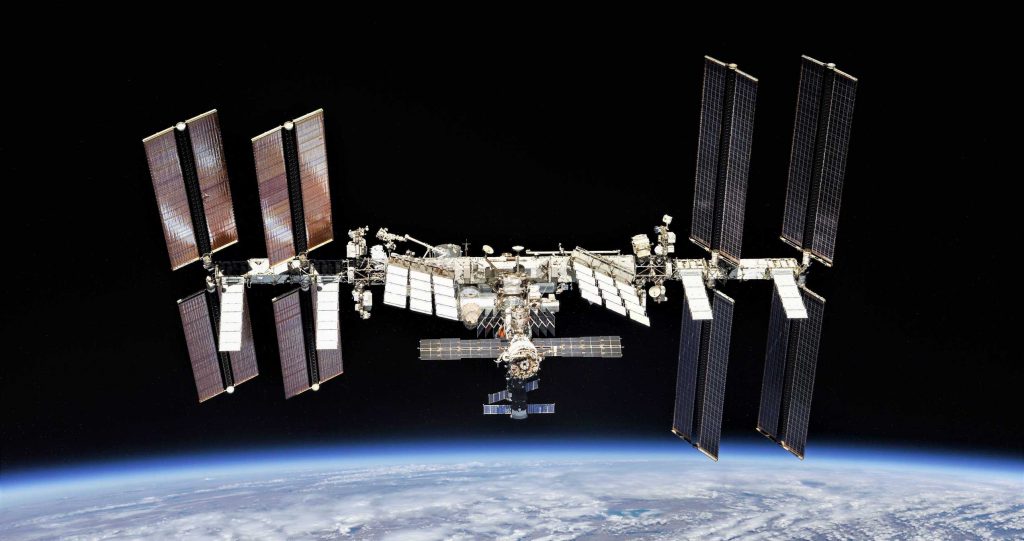
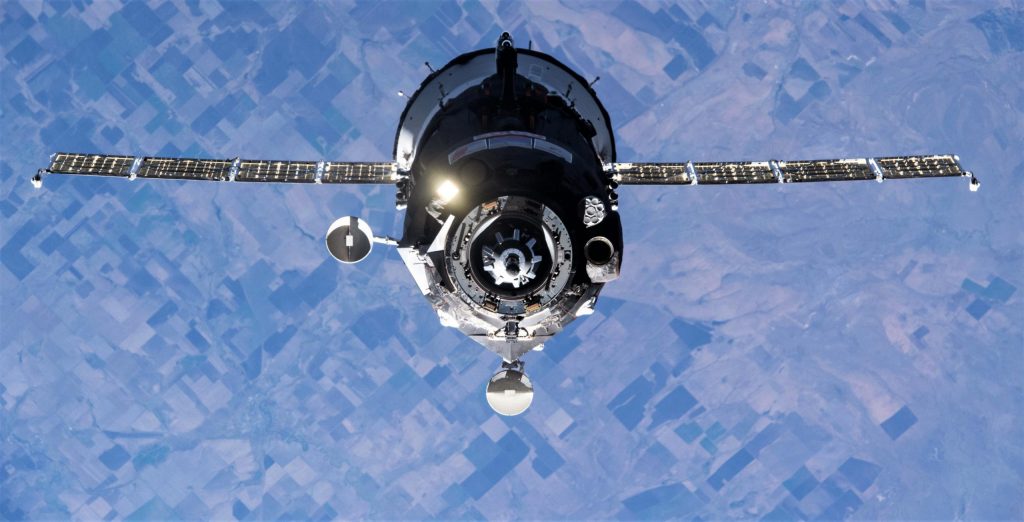
Regardless, given the unprovoked, irrational, and increasingly brutal nature of Russia’s second invasion of Ukraine, Russia’s international spaceflight partnerships have never been more unstable. While unlikely, it’s possible that Rogozin or Putin himself could choose to end the ISS partnership altogether, though there is a great deal of ambiguity as to whether either ISS ‘segment’ could survive on its own. Thankfully, NASA has partial alternatives to some of the services the Russian ISS segment has provided. Northrup Grumman’s Cygnus spacecraft intends to perform the first Western ISS reboost maneuver later this year. Russia has been almost exclusively responsible for ISS reboosting and maneuvering over the two-decade life of the station.
Meanwhile, in spite of the circumstances, Vande Hei is still on track to break the American record for the longest continuous stay in space, beating out NASA astronaut Scott Kelly’s 340-day streak by about two weeks. NASA associate space operations administrator Kathy Lueders stated in a press conference that NASA “[is] getting ready for Mark to return, and all of the normal operations are in place for that for us to be able to do that”.
Once on the ground in Kazakhstan, Vande Hei will be met by a team of NASA personnel tasked with bringing the astronaut back to Houston, Texas. He will then start the recovery process after living in microgravity for almost a full year.

Elon Musk
Elon Musk and James Cameron find middle ground in space and AI despite political differences
Musk responded with some positive words for the director on X.
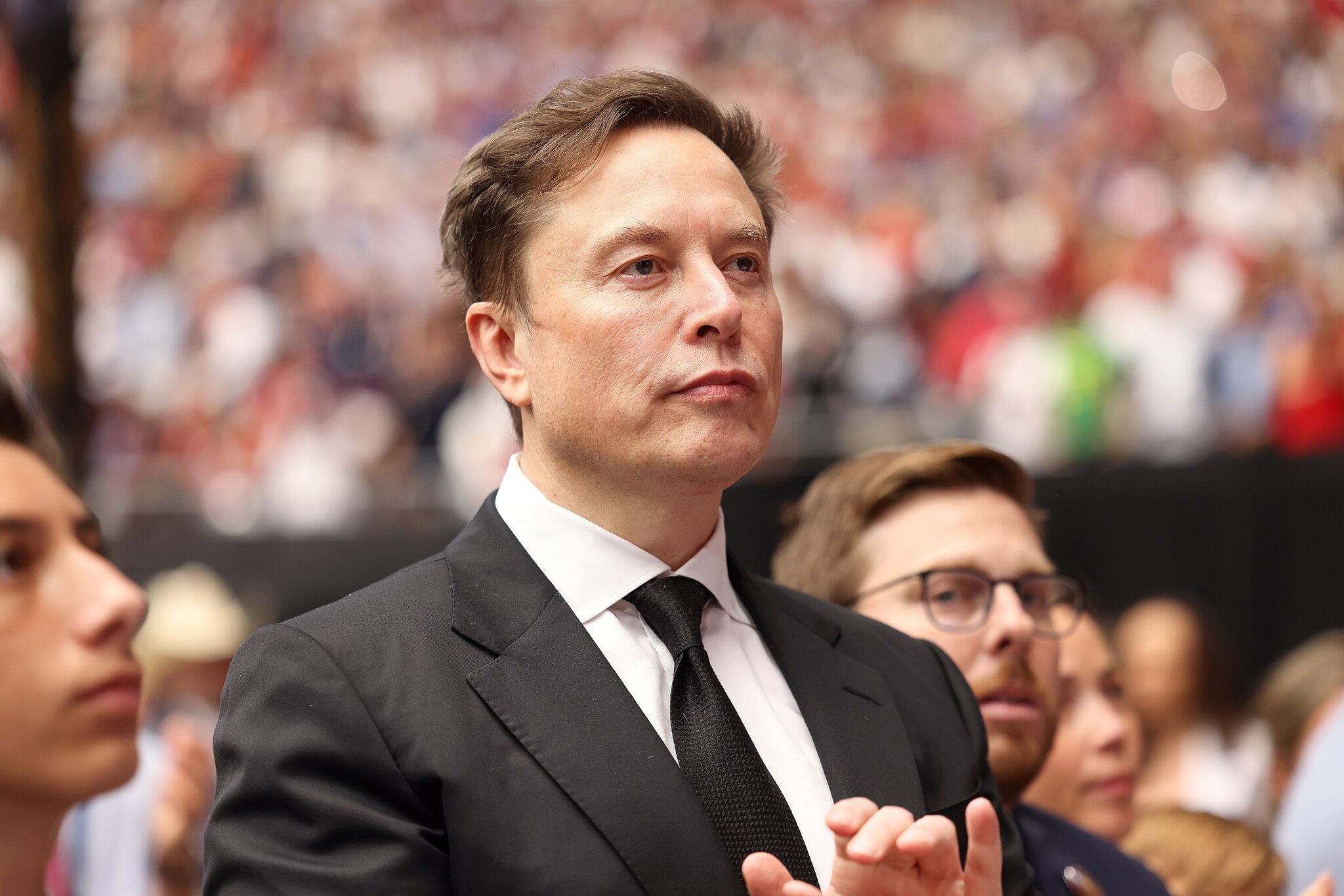
Avatar director James Cameron has stated that he can still agree with Elon Musk on space exploration and AI safety despite their stark political differences.
In an interview with Puck’s The Town podcast, the liberal director praised Musk’s SpaceX achievements and said higher priorities must unite them, such as space travel and artificial intelligence. Musk responded with some positive words for the director on X.
A longtime mutual respect
Cameron and Musk have bonded over technology for years. As far back as 2011, Cameron told NBC News that “Elon is making very strong strides. I think he’s the likeliest person to step into the shoes of the shuttle program and actually provide human access to low Earth orbit. So… go, Elon.” Cameron was right, as SpaceX would go on to become the dominant force in spaceflight over the years.
Even after Musk’s embrace of conservative politics and his roles as senior advisor and former DOGE head, Cameron refused to cancel his relationship with the CEO. “I can separate a person and their politics from the things that they want to accomplish if they’re aligned with what I think are good goals,” Cameron said. Musk appreciated the director’s comments, stating that “Jim understands physics, which is rare in Hollywood.”
Shared AI warnings
Both men have stated that artificial intelligence could be an existential threat to humanity, though Musk has noted that Tesla’s products such as Optimus could usher in an era of sustainable abundance. Musk recently predicted that money and jobs could become irrelevant with advancing AI, while Cameron warned of a deeper crisis, as noted in a Fox News report.
“Because the overall risk of AI in general… is that we lose purpose as people. We lose jobs. We lose a sense of, ‘Well, what are we here for?’” Cameron said. “We are these flawed biological machines, and a computer can be theoretically more precise, more correct, faster, all of those things. And that’s going to be a threshold existential issue.”
He concluded: “I just think it’s important for us as a human civilization to prioritize. We’ve got to make this Earth our spaceship. That’s really what we need to be thinking.”
News
Blue Origin announces Super-Heavy New Glenn 9×4 to Rival SpaceX Starship
The announcement followed the company’s successful NG-2 launch on November 13.

Blue Origin has revealed plans to develop New Glenn 9×4, a “super heavy” rocket designed to deliver 70 metric tons to low-Earth orbit and directly compete with SpaceX’s Starship.
The announcement followed the company’s successful NG-2 launch on November 13, which deployed NASA’s ESCAPADE (Escape and Plasma Acceleration Dynamics Explorers) Mars mission and landed the first stage.
Upgraded engines and reusability
As noted in a Universe Today report, Blue Origin will roll out upgraded BE-4 engines producing 640,000 lbf each, up from 550,000 lbf, starting with NG-3. This should boost the New Glenn rocket’s total first-stage thrust to 4.5 million pounds. Upper-stage BE-3U engines are expected to improve from 320,000 lbf to 400,000 lbf over the next few flights as well.
“These enhancements will immediately benefit customers already manifested on New Glenn to fly to destinations including low-Earth orbit, the Moon, and beyond. Additional vehicle upgrades include a reusable fairing to support increased flight rates, an updated lower-cost tank design, and a higher-performing and reusable thermal protection system to improve turnaround time,” Blue Origin noted.
New Glenn “Super Heavy” 9×4
The super-heavy New Glenn 9×4, with nine BE-4s on the booster, four BE-3Us on the upper stage, will feature an 8.7-meter payload fairing. Blue Origin expects New Glenn 9×4 to be capable of transporting 70 metric tons to LEO, 14 tons to GSO, and 20 tons to trans-lunar injection, as noted by the company in a blog post. This is very impressive, as New Glenn 9×4’s capacity exceeds Falcon Heavy, SpaceX’s largest rocket available to consumers today. Falcon Heavy is capable of carrying up to 64 metric tons to low Earth orbit in a fully expendable configuration.
That being said, SpaceX’s Starship’s capacity is extremely impressive. As per SpaceX, Starship is designed to be capable of carrying up to 100-150 metric tonnes to orbit in its fully reusable configuration. At its expendable configuration, Starship’s capacity enters unheard-of territory, with SpaceX stating that the vehicle could transport 250 metric tonnes of cargo.
News
Tesla FSD approved for testing in Nacka, Sweden, though municipality note reveals aggravating detail
Nacka, Sweden, a municipality just a few miles from Stockholm, has given its approval for FSD tests.
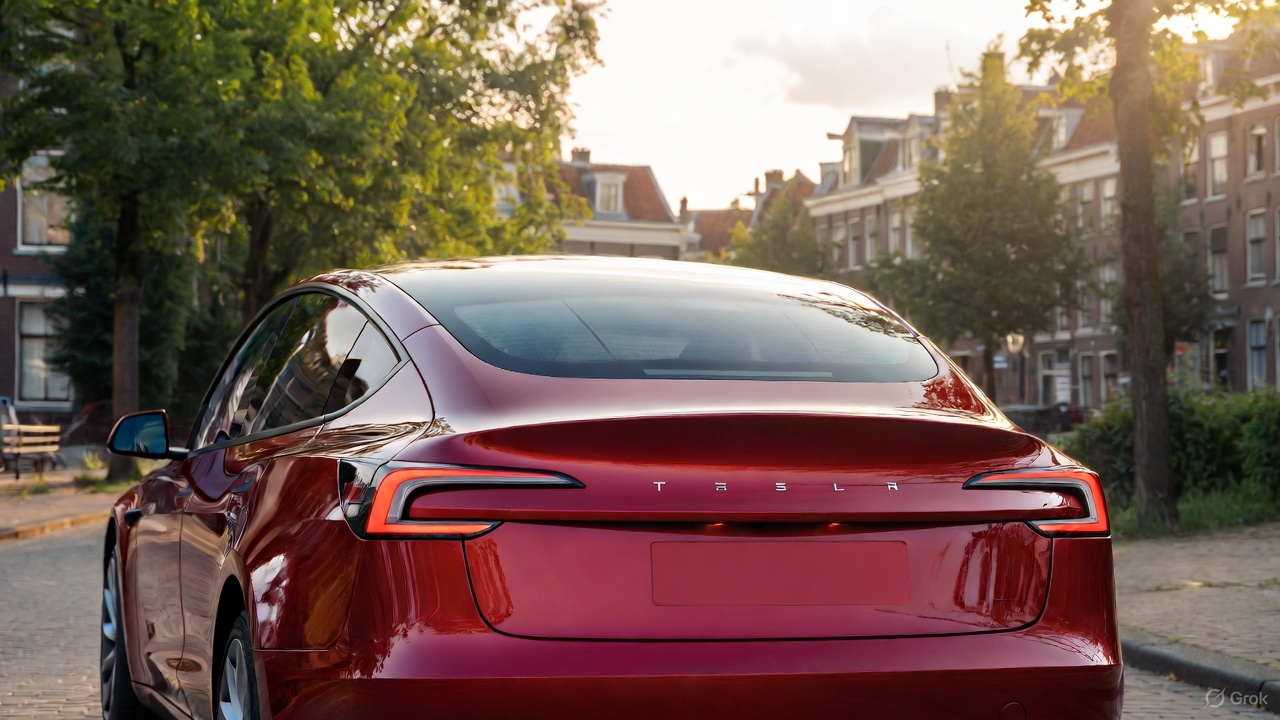
Tesla has secured approval for FSD testing in an urban environment in Sweden. As per recent reports from the Tesla community, Nacka, Sweden, a municipality just a few miles from Stockholm, has given its approval for FSD tests.
A look at the municipality’s note regarding FSD’s approval, however, reveals something quite aggravating.
FSD testing approval secured
As per Tesla watcher and longtime shareholder Alexander Kristensen, Nacka is governed by the Moderate Party. The shareholder also shared the municipality’s protocol notes regarding approval for FSD’s tests.
“It is good that Nacka can be a place for test-driving self-driving cars. This is future technology that can both facilitate mobility and make transportation cheaper and more environmentally friendly,” the note read.
The update was received positively by the Tesla community on social media, as it suggests that the electric vehicle maker is making some legitimate headway in releasing FSD into the region. Sweden has been particularly challenging as well, so securing approval in Nacka is a notable milestone for the company’s efforts.
Aggravating details
A look at the notes from Nacka shows that FSD’s proposed tests still met some opposition from some officials. But while some critics might typically point to safety issues as their reasons for rejecting FSD, those who opposed the system in Nacka openly cited Tesla’s conflict with trade union IF Metall in their arguments. Fortunately, Nacka officials ultimately decided in Tesla’s favor as the company’s issues with the country’s unions are a completely different matter.
“The left-wing opposition (S, Nackalistan, MP and V) voted no to this, referring to the fact that the applicant company Tesla is involved in a labor market conflict and does not want to sign a collective agreement. We believe that this is not an acceptable reason for the municipality to use its authority to interfere in a labor law conflict.
“Signing a collective agreement is not an obligation, and the company has not committed any crime. The municipality should contribute to technological development and progress, not work against the future,” the note read.









